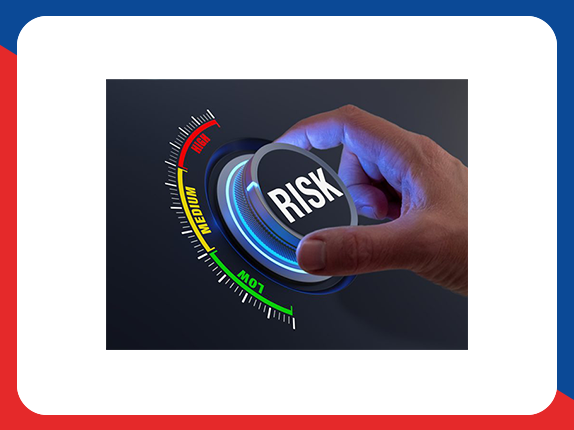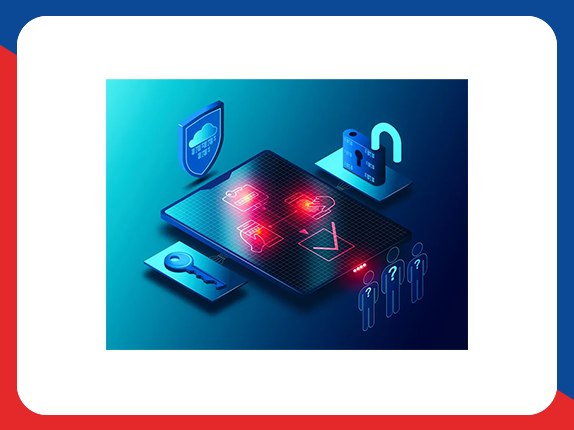NIST Cybersecurity Framework (CSF)
The Cybersecurity Framework (CSF) developed by the National Institute of Standards and Technology (NIST) is designed to help organizations manage and reduce cybersecurity risks. Unlike the Risk Management Framework (RMF), CSF focuses on facilitating cybersecurity processes across various entities, including both private and government sectors. It provides a practical guide and flexible models adaptable to different types and sizes of organizations.
Key Components of NIST Cybersecurity Framework (CSF)
CSF consists of three main components:
- Core
- The Core framework includes a set of cybersecurity activities and related outcomes divided into five primary areas: Identify, Protect, Detect, Respond, and Recover. Each area assists organizations in managing their cybersecurity comprehensively.
- Profiles
- Profiles enable organizations to define their specific cybersecurity needs based on business objectives and environmental risks. Organizations can create different profiles for different security postures, such as a “Current State” profile indicating the current security status and a “Target State” profile outlining future security goals.
- Implementation Tiers
- Implementation Tiers indicate the maturity and capability of organizations in implementing cybersecurity risk management and security processes. There are four tiers: Tier 1 (Partial), Tier 2 (Risk-Informed), Tier 3 (Repeatable), and Tier 4 (Adaptive). Each tier reflects advancements in risk assessment, security processes, and adaptability to environmental changes.
Stages of NIST Cybersecurity Framework (CSF)
The NIST Cybersecurity Framework is divided into five core functions or stages known as “Functions” or “Core Functions.” These functions help organizations systematically follow their risk management and cybersecurity processes. Here’s an overview of each stage:
- Identify
- This function helps organizations understand their business environment, including organizational assets, systems, data, devices, and software. The goal is to identify cybersecurity risks and determine critical assets that need protection.
- Protect
- The Protect function develops necessary safeguards to protect systems and assets to prevent security breaches or reduce their impact. This includes access control measures, employee training and awareness, protective data measures, and executing security processes.
- Detect
- This function involves developing and implementing activities to promptly identify the occurrence of a cybersecurity event. Timely detection can help reduce potential damages and improve incident management. This includes monitoring and incident detection.
- Respond
- After detecting a cybersecurity incident, the Respond function defines activities to respond to the incident. This includes incident communication, incident analysis, containment actions, eradication of threats, and determining root causes.
- Recover
- The Recover function develops strategies for recovering services and activities affected by a cybersecurity incident. Recovery planning also aims to return to normal operational conditions and reduce the likelihood of similar incidents in the future.
Overall, the CSF framework helps organizations effectively address cybersecurity challenges and improve their digital security posture. It serves not only as an operational guide for implementing security defenses but also as a tool for assessing and measuring cybersecurity maturity.




